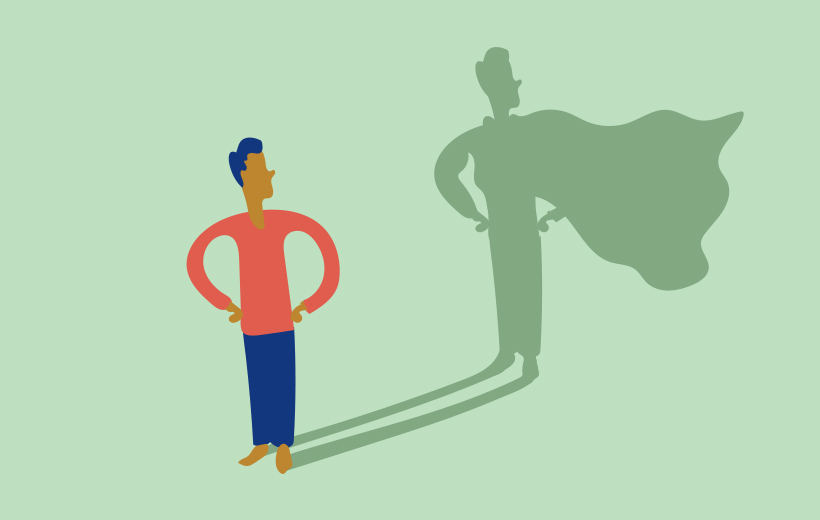Meditation for Anxiety
By Tergar Meditation Community Team • 5 min read
Everybody knows what it feels like to experience anxiety: the shortness of breath, racing pulse, rushing thoughts, and so on. Indeed, you may be more familiar with these sensations than you’d like to be! And by now, you have probably noticed that those with anxiety are often told to try meditation. But how does meditation work for anxiety?
Anxiety is a natural experience. So, the basic idea is not to eliminate it but to cultivate our ability to simply be present with it — and even make friends with it! Training in awareness through meditation changes our relationship with anxious thoughts and feelings, and allows the anxiety itself to transform.
It will take a while for this change to take place as you strengthen your recognition of awareness. An easy place to begin is to meditate with less emotionally-charged objects, such as the five senses.
When using meditation for anxiety, it is often helpful, especially at first, to combine a couple different approaches. One method is to direct your attention to some other perception you might be having at the same time (for instance, a smell or a sight), which shifts your attention away from the anxious feelings until they are less acute.
Another method is to make the experience of anxiety itself the focus of your meditation. To do that, simply observe the various sensations that arise along with the anxiety. Think of it as sitting by a river, watching the water flow by, and it doesn’t matter whether the water is calm or wild, full of junk or crystal-clear. And if you notice that you’ve gotten swept away by your thoughts, that’s great! The moment you notice, you are already back in a state of meditation.
“My anxiety accompanied me like a shadow, but when I got to know it through awareness we became very good friends.”
– Mingyur Rinpoche –
Before you turn to meditation to cope with anxiety, it’s important to keep in mind that at first, observing the various sensations that come with it may make them seem even stronger. That’s totally normal. Try it for a short while, even just a few seconds. If you feel overwhelmed, no problem. Simply shift to the first method by focusing on another sensory perception, such as a sound. Explore toggling back and forth between the two approaches in a single session to see what happens.
It’s good to use support for your meditation. “Support” isn’t something that is meant to facilitate an escape from anxiety or to block it out, but rather to help you become more stable and present with whatever you are feeling. A common support is the breath, but you can use anything that works for you, like the ambient sounds in your environment or the sensations of your body, whatever they may be.
If you enjoyed reading our articles, please join our mailing list and we’ll send you our news and latest pieces.
Watch this short video “Befriending Panic”, where Mingyur Rinpoche describes his own experience of meditating with panic attacks, and shares a simple guided meditation.
Do you want to try meditation, but don’t know how to start? This free course is specially designed for beginners, and takes only a week to complete.

Tergar Meditation Community supports individuals, practice groups, and meditation communities around the world in learning to live with awareness, compassion, and wisdom. Grounded in the Tibetan Buddhist lineage of our guiding teacher, Yongey Mingyur Rinpoche, our online and in-person programs are accessible to people of all cultures and faiths, and support a lifelong path toward the application of these principles in everyday life.

"This technique of going in and out of meditation — traditionally referred to as “short times, many times” — is often illustrated by the example of drops of water falling one by one into a large empty bucket. It might take a long while, but in the end, the barrel…

Have you heard about the benefits of meditation and would like to give it a try, but aren’t sure how to begin? We’ve got you covered! It’s easier than you might think. As renowned meditation teacher Yongey Mingyur Rinpoche says, meditation, for beginners and seasoned practitioners alike, is all about…

What is patience, for a meditation practitioner? It’s a lot more than being able to discover that your flight has been delayed without raging at the people at the front desk, or being capable of hearing no, you can’t have that new toy, that bonus, or that fun adventure you…
If you enjoyed reading our articles, please join our mailing list and we’ll send you our news and latest pieces.
